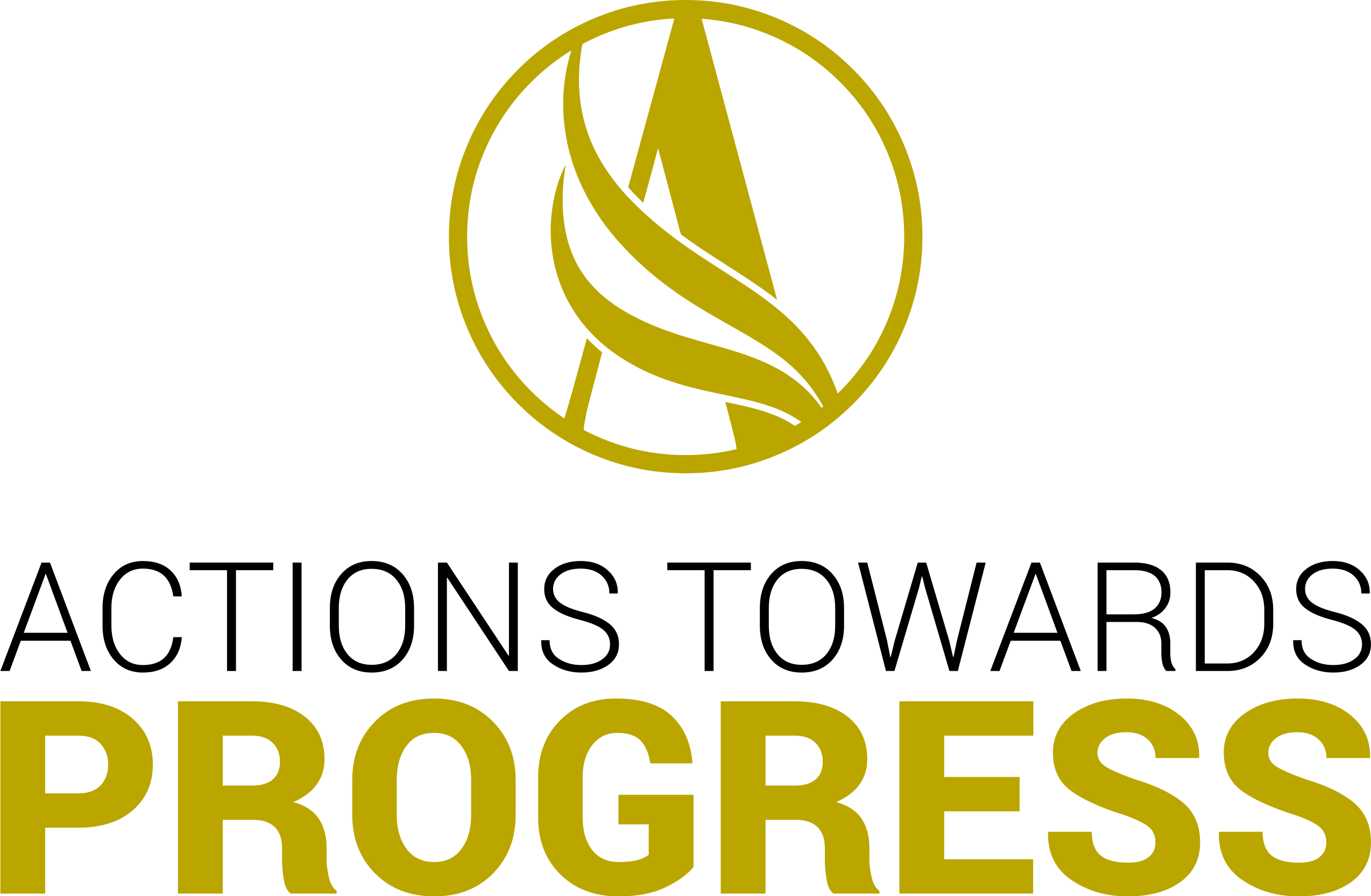How to run a digital conference
The internet is a big place. It’s easy to get lost in the headlines and forget about the future. That’s why we started Actions Towards Progress.
Actions Towards Progress is a way to share interesting ideas without the overhead of a physical gathering. It consists of short, pre-recorded talks from people who have an idea about how to make the world a better place. We asked speakers to focus on actionable steps people can take to increase the rate of progress in the world.
This week we received a number of very interesting submissions. I’m planning to share these soon, but today I want to talk about the process of running a completely virtual event.
Here is what I learned:
Twitter > Cold emails
I sent out something like fifty cold invitations over a two week period to drum up speakers for the event. Of those that responded, an overwhelming majority came from my Twitter network.
I suspect this is because Twitter provides more authenticity than a cold email. The recipients could easily look at my profile, read about the type of things that I’m interested in, and most importantly, see if anyone they know follows me. This kind of social proof is key to finding users for any project and Twitter gives you a shortcut to establish common ground.
Distribution > Content
This is counter-intuitive, but the internet rewards distribution above all else. Given a baseline level of quality, distribution is the most important factor in ensuring a successful online event.
Distribution was the area that was most difficult for me to achieve. I had a rule that I wouldn’t use paid advertisements. Instead we chose to rely on organic word of mouth. This proved difficult for a few reasons:
- This was the first event, so people couldn’t look at past speakers to determine if it was authentic.
- Since we didn’t have our own distribution channel set up, we needed to “borrow” social capital from our speakers. This is a hard ask for people who are already contributing time.
- We started planning the event ~4 weeks before launch. This didn’t give us much time to identify, contact, and coordinate speakers with otherwise busy schedules.
In the future, I would think about distribution before anything else. This means giving the team enough time to drum up organic demand, finding speakers who are able to commit their time in advance, and planning specific marketing campaigns with a target audience in mind.
Just ask
I received replies from people with incredible professional backgrounds and large social media followings. Several of the speakers we were able to secure for this and future events have hundreds of thousands of Twitter followers and multi-million dollar companies. This happened without a warm introduction.
Punching above my weight and setting a number of “stretch” targets helped to find speakers that raised the overall level of quality for the event. This process is self-fulfilling too — once people see that high-profile speakers have agreed to participate, they are more likely to join in themselves.
Today is the last day of the first Actions Towards Progress. Over the next few days I’ll be compiling all of the speaker’s ideas and information in an easy to view format. I really enjoyed listening to what people came up with, and I hope you will too.
